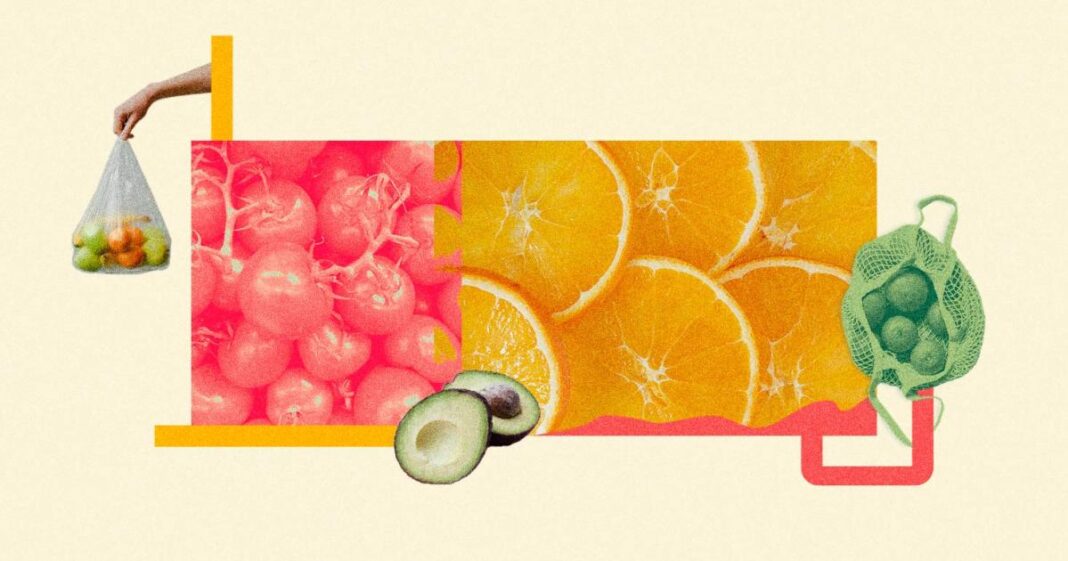The U.S. Department of Agriculture’s (USDA) “climate-smart” programs are often climate-neutral, and in some cases climate-negative, according to a new report.
Of $5.5 billion sent to farmers via one of USDA’s main environmental programs between 2017 and 2022, only $1.7 billion — 31 percent — funded practices on the department’s official climate-smart list, according to the Environmental Working Group (EWG). Of the top 10 practices funded by that program in 2023, only two were on the climate-smart list, the non-profit group said.
“Much of the [remaining] $3.8 billion in funding went to structural practices like fencing, other livestock practices and irrigation practices,” said Anne Schechinger, EWG’s Midwest director.
USDA’s Environmental Quality Incentives Program (EQIP) is one of the department’s largest conservation subsidy programs. It provides funding for a range of activities on a “climate-smart” list, including cover crops that protect soil and improve its fertility, no-till soil routines and wetland restoration. EQIP is important because 10.6 percent of the US’s total greenhouse emissions in 2023 came from agriculture, according to USDA.
But in 2023 and 2024, 14 “provisional” practices were added to the climate-smart list. “Provisional practices are added to the list ‘provisionally’ because USDA doesn’t have any data/quantification to show that they actually reduce emissions,” said Schechinger.
One of those practices is waste storage, specifically the construction of manure lagoons. Waste accounts for 11 percent of U.S. agricultural emissions, and manure lagoons release large amounts of nitrous oxide, a potent greenhouse gas. Manure also often pollutes streams, drinking water and groundwater.
This isn’t the first time EQIP has come under fire. “EQIP in particular pays for agricultural practices that are not environmentally beneficial or in some cases actively make the environment worse,” according to a report by the Institute for Agriculture and Trade Policy published in 2022.
Ten practices funded by EQIP were “industrial” or “factory-farm friendly,” according to that report, which also cited waste storage facilities as a problem.
A spokesperson for USDA called EWG’s research “fundamentally flawed.”
“Unfortunately, EWG did not take into account the rigorous, science-based methodology used by USDA to determine eligible practices, not the level of specificity required during the implementation process to ensure the practices’ climate-smart benefits are being maximized,” USDA spokesperson Allan Rodriguez told GreenBiz.
